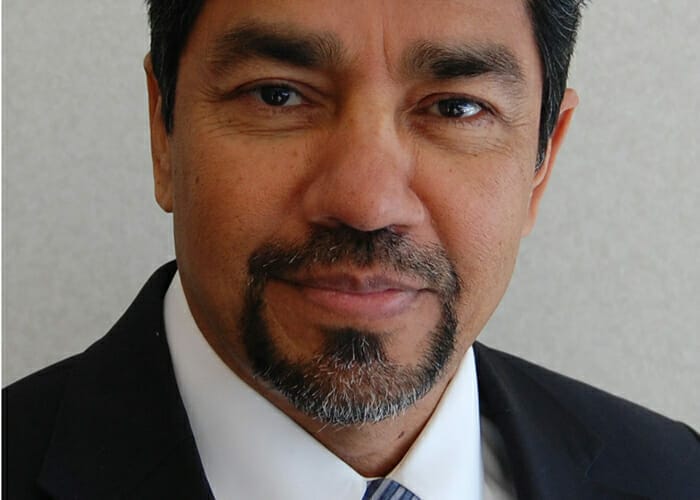In the United Kingdom, the financial regulatory body that governs retail and institutional investment markets, the Financial Conduct Authority, is collating feedback on its draft report on the asset management industry. The 207-page document covers many issues, but a golden thread running throughout is the focus on clients’ value for money. At its simplest, for all asset owners, total returns matter and costs dilute those returns. Costs are higher for active investment management than for passive management and it is clear that persistent outperformance of passive management is difficult to identify and maintain.
This issue is in stark contrast to another concern the report tries to grapple with: the persistence of high margins in the asset-management industry. The investment industry as a whole does not appear to have significant barriers to entry and in spite of an extraordinary number of market participants (i.e., asset managers) there appears to be weak price competition. In other words, asset management fees have remained high compared with what you would expect in a crowded, competitive market.
These two points – persistently high margins and questionable value for money – are opposite sides of the same coin. Asset managers’ high margins, and the investment consultants’ cosiness with the asset management industry, cannot be consistent with best outcomes for asset owners. The situation implies that those asset managers and consultants (including those operating as fiduciary asset managers) are failing their clients and not acting in their best interests.
Questionable value and high margins are serious concerns and have lasting, real consequences. They reduce the total returns of asset owners and their ability to meet their obligations, which in some cases are pensions being paid to large portions of the population in states and countries. In a world of low expected returns, which is potentially what we are facing at this stage of the economic and market cycle, these issues take on an even greater significance, as asset owners increasingly look to maximise wealth through cost-cutting as well as by managing total returns.
It should be no surprise, then, that asset owners continue to shift towards passive investing over active. This trend is set to continue and active managers remain, rightly, under large pressure to amend their fee structures and reduce total costs.
Active, when appropriate
This does not, however, mean that active management should be expected to disappear; instead, we should expect to see its definition change. For instance, passive allocations in equities make sense, but some important markets, such as private debt, are relatively esoteric and can’t be accessed without a competent and careful investment manager. Real-estate portfolios are probably better managed when directly owned. Other asset classes, from shipping to infrastructure, cannot have their asset exposures replicated by a tracker fund. In these cases, active management is not better or worse than passive management. Rather, it’s a question of whether active or passive investment methods are appropriate for the asset.
When markets have total-return streams and risk exposures that can be easily packaged into a single security (like an exchange traded fund) at very cheap cost, that approach should be preferred. When markets have idiosyncratic return streams and demand more careful management of risks, use of managers is probably more appropriate. The idea for this approach is that cheap, indexed management balances more expensive investment managers that provide access to total returns that can’t easily be purchased in an indexed fund – this is called a ‘barbell’ approach. The corollary is that expense ratios should be driven as low as possible in liquid markets, such as equities, but would be expected to be higher in markets that clearly require more skill in portfolio construction.
Passive investing is equivalent to the democratisation of investment implementation for asset owners: it allows asset strategy to be implemented cheaply, transparently, effectively and in a timely way. It is simple and cheap to monitor. It allows asset owners to focus resources where investment managers can and should add value – in relatively esoteric asset management. It is, in other words, the best value for money.
Stefan Dunatov is chief investment officer at Coal Pension Trustees Services. The views expressed here are personal and do not necessarily reflect those of Coal Pension Trustees Investment Ltd




Nicely written, Stefan. A tricky thing to explain, isn’t it?